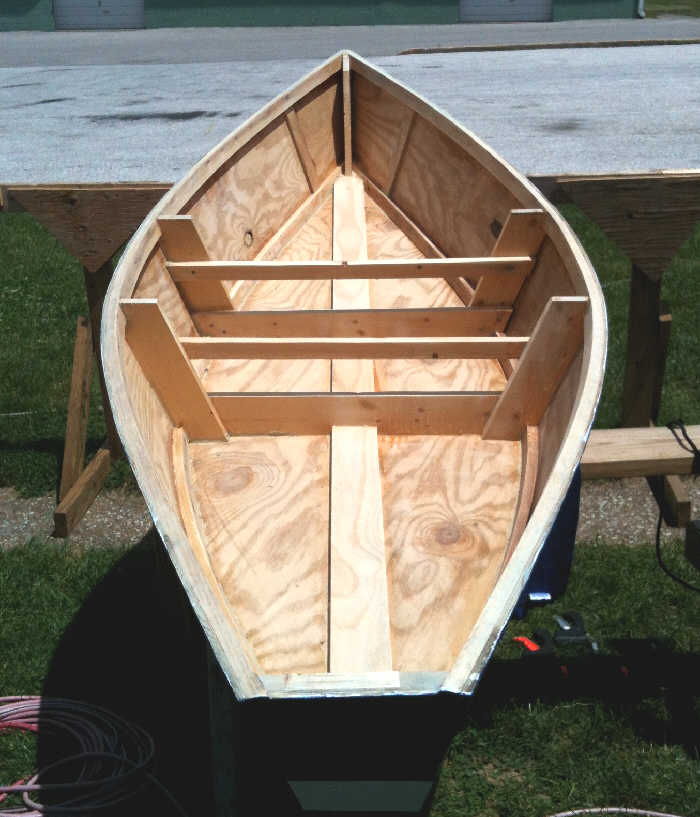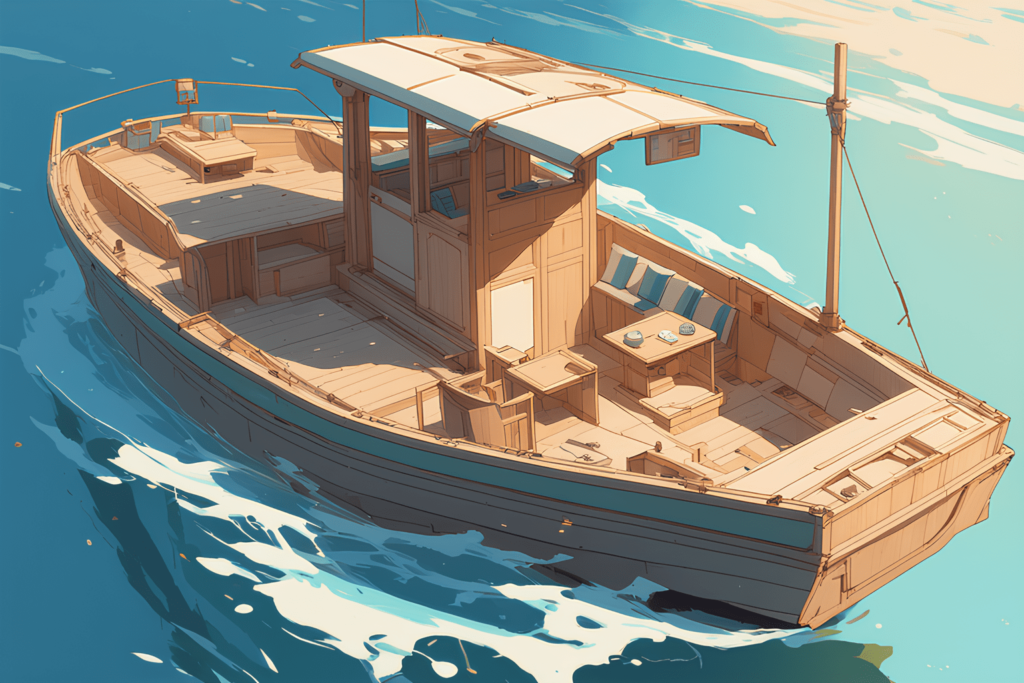
Beyond the Manual: Unlocking Hidden Secrets in Wooden Boat Kit Assembly
Building a wooden boat from a kit is a rewarding journey, a blend of meticulous craftsmanship and satisfying progress. But beyond the straightforward instructions, lies a wealth of untapped potential for a truly exceptional finish. This article delves into often-overlooked aspects, offering new perspectives and creative solutions to elevate your boat-building experience.
The Unsung Heroes: Beyond the Glue and Screws
Most kits focus on the mechanics â€" the nuts and bolts (literally!). But the real magic lies in the subtle details. Let's explore some often-missed opportunities.
Q: How can I achieve a truly seamless joint, even better than the manual suggests?
A: The manual usually prescribes a standard glue-up. But consider this: before applying adhesive, lightly dampen the joint surfaces with water (especially for hardwoods). This raises the wood grain, allowing for a more complete and stronger bond once the grain settles back down after drying. Think of it as creating microscopic "anchors" for the glue. This technique, while known to experienced woodworkers, is rarely highlighted in kit instructions.
Q: My kit wood seems dry. How can I prevent cracking during assembly?
A: Dry wood is a builder's nemesis. Before assembly, consider a process called "pre-soaking" specific components prone to cracking â€" particularly long, thin pieces like gunwales or keel sections. Submerge them in lukewarm water for several hours (depending on the wood type and dimensions; research is key!), then slowly air-dry until they reach an equilibrium moisture content similar to the ambient environment. This prevents rapid shrinkage during the gluing process.
Beyond the Fairing: Achieving a Show-Stopping Finish
A beautifully assembled boat deserves a finish that reflects the dedication poured into its construction. Let’s look beyond the standard varnish.
Story Time: The Case of the Unexpected Finish
I once worked with a boatbuilder who, instead of relying on traditional varnish, used a combination of multiple thin coats of thinned-down epoxy resin followed by a carefully chosen oil finish. The result was a finish that was both incredibly durable and had a surprisingly warm, natural look â€" much more appealing than a standard glossy varnish. This is not commonly discussed, but it demonstrates the creativity possible.
Q: How can I minimize sanding time while achieving a flawless surface?
A: Careful attention to wood preparation before assembly dramatically reduces sanding later on. Planing, scraping, and hand-sanding to remove imperfections before gluing will save hours of tedious sanding down the line. This also promotes better glue adhesion and cleaner lines. Think “prevention over cure†when it comes to sanding.
The "Beyond-the-Manual" Checklist
To consolidate these ideas, consider this checklist for a truly exceptional build:
- Pre-soak critical components: Prevent cracking in vulnerable parts.
- Dampen joints before gluing: Enhance glue adhesion.
- Plan meticulous pre-assembly sanding: Minimize finishing time.
- Explore alternative finishing techniques: Move beyond the standard varnish.
- Document your process: A detailed logbook enhances learning and future projects.
Building a wooden boat from a kit is more than just following instructions; it's a journey of discovery and craftsmanship. By incorporating these often-overlooked techniques and perspectives, you can transform your project from a satisfactory build into a truly exceptional achievement, one that stands out for its quality and unique approach.
























